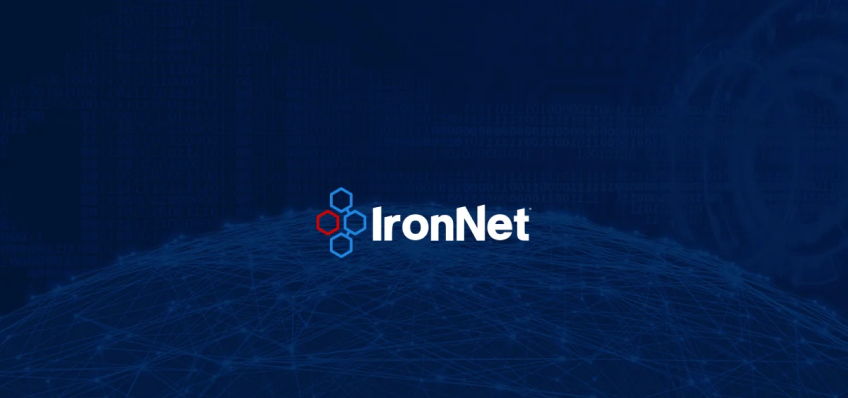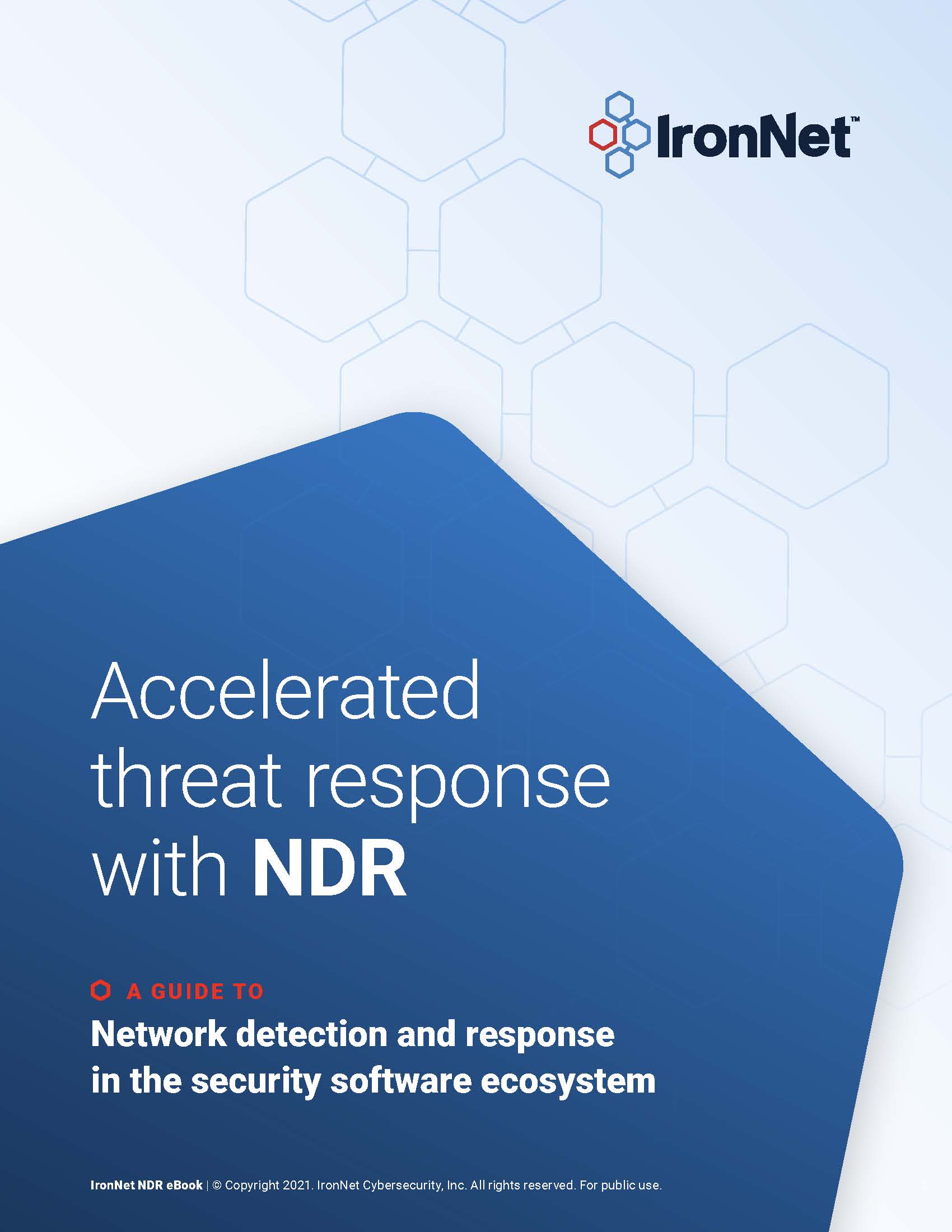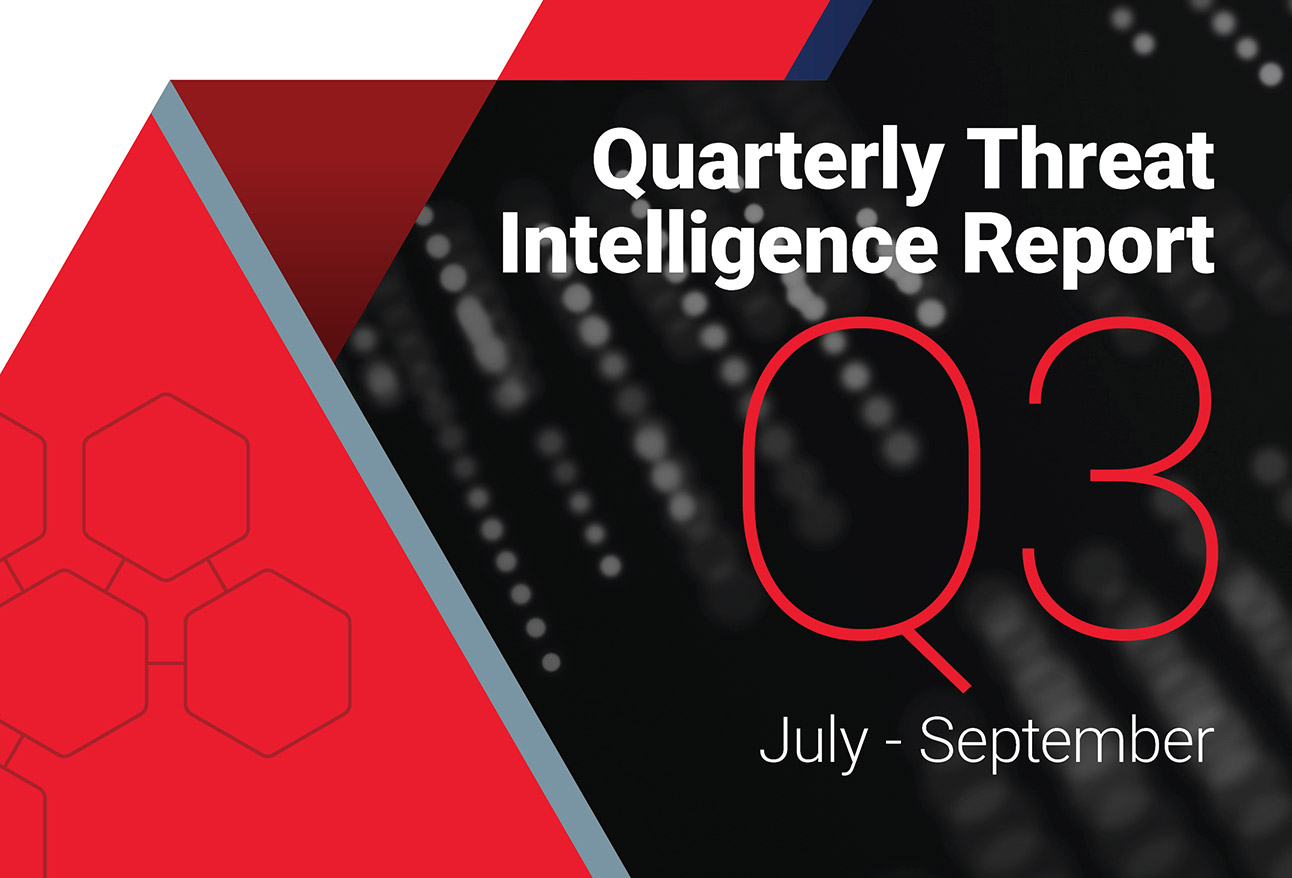System integration should be relatively straightforward, especially when you're integrating an additional component to a mature tech stack. In most cases, it just requires data to be pulled from one source and added to another using a connector or API.
What organizations find, however, is that the technical connection is just a small part of making integrations work. The far bigger piece is what happens before and after your cybersecurity data integration is complete. Before you begin integration, you need to identify the biggest challenges and take proactive steps to mitigate them.
Preparing for integration: Top 8 challenges to look out for
Every infrastructure environment is different. Even when integrating with popular platforms, organizations have different workflows, playbooks, and standard operating procedures for data handling and analysis. Networks are configured differently as are cloud and data environments.
It's easy to make mistakes or overlook key items that will affect performance.
In our new whitepaper, Preparing for integration: Top 8 challenges to look out for, you will learn the eight challenges you need to be aware of and how you can overcome them to create a smoother and more seamless integration process.
In this white paper, find out:
- The benefits of unifying your cybersecurity data analysis
- Identifying and mitigating data integration challenges
- Managing data integration with IronNet solutions
- Integrating data with SIEM, SOAR, endpoint protection, Office 365, and custom solutions
Download our whitepaper, Preparing for integration: Top 8 challenges to look out for today.
.png)



